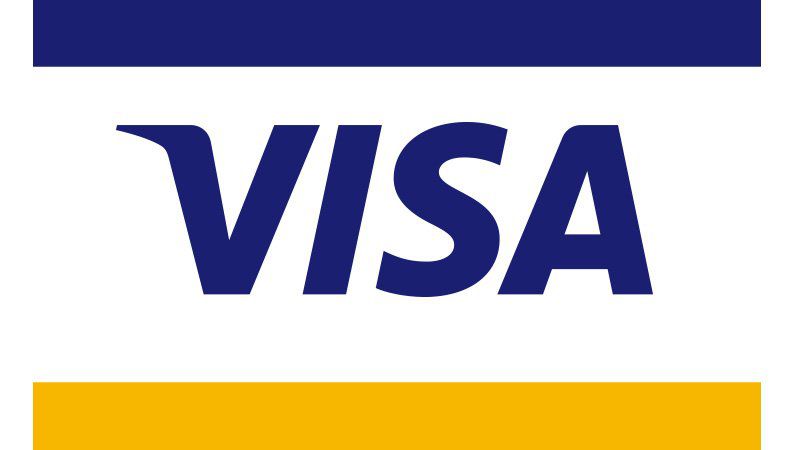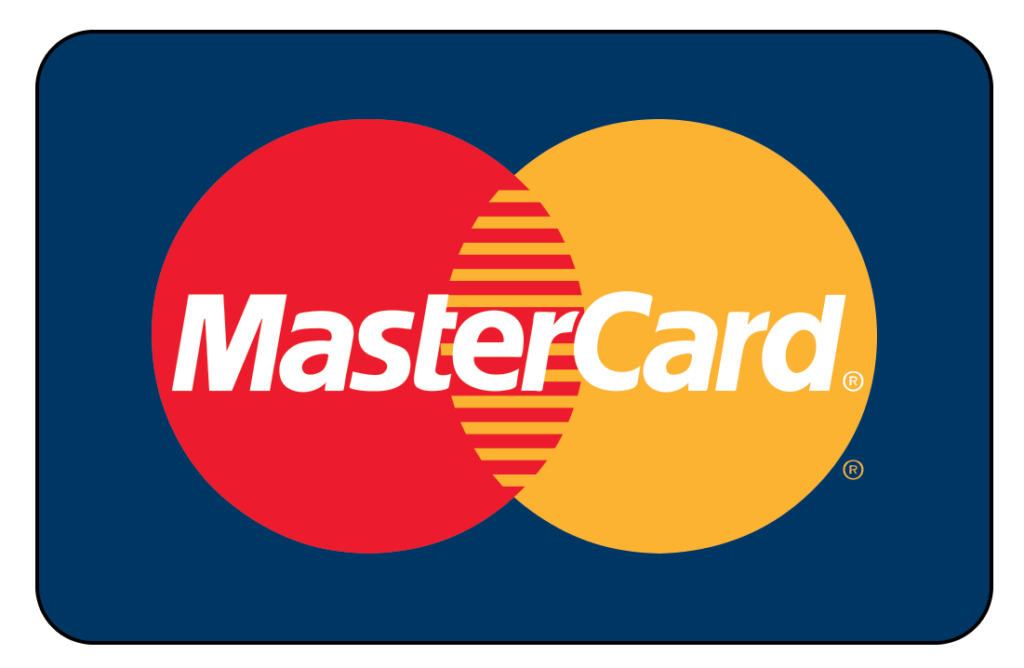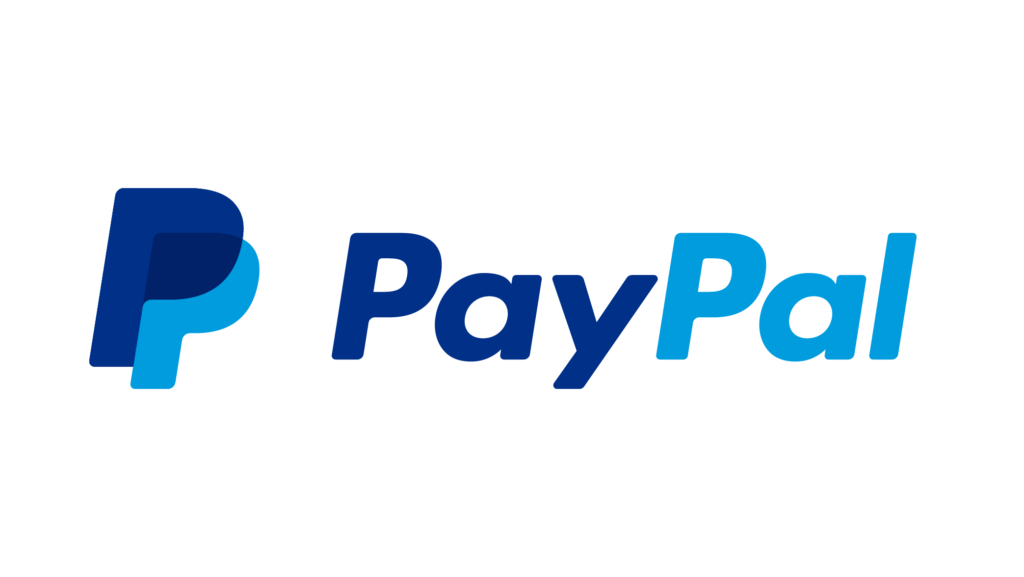Installing a sleek wall mount for your shiny new flatscreen TV provides a streamlined, minimalist look compared to bulky entertainment centers. But should you DIY the mounting, or hire a professional installer? Evaluating key differences helps determine the best route.
Both options work, but factors like tools/hardware familiarity, site conditions, safety protocol awareness and potential complexity vary the process. Whether handling yourself or contracting installers, understanding these variables marks the difference between frustration and satisfaction.
Let’s examine essential contrasts between DIY and pro TV mounting approaches:
Table of Contents
Tools and Hardware Knowledge Differences
First and perhaps most apparent, DIY mounts require basic ownership of and familiarity with mounting tools like drills, levels, stud finders and screw drivers. Lacking proper equipment or know-how to use it risks harming walls or screens.
Professionals supply an arsenal of specialty mounting gear plus construction experience needed for tricky installs. Typical homeowners generally struggle matching that, instead better off paying for expertise and responsibility.
Evaluating Site Condition Complexities
The next key difference rests in assessing mounting location conditions that complicate installations beyond basic drywall and studding. From challenging walls to wiring and more, pros better navigate complex scenarios.
Concrete, brick or tile may refuse anchors and screws or require masonry bits most DIYers lack. Similarly, safely routing cables inside walls through insulation demands advanced skills. Sites with prior mounting holes or awkward venting also complicate matters.
Professionals carry the versatile tools and knowledge toproblem solve an array of site-specific mounting challenges homeowners rarely possess. Routine mounts seem simple until underlying site issues emerge. Learning curves steepen rapidly.
Protocol Knowledge Across Brands and Models
Further contrast comes with mounters’ awareness level of proper protocols set by television or mounting manufacturers. Rulebooks for bolt sizes, weight limits, stud requirements and more ensure safe, secure mounting across brands.
DIYers tend to grab the first hardware fitting their budget and get to work bolting up screens. But overlooking specifications risks damaged screens from using unsuitable equipment. It also voids warranties potentially down the road.
Meanwhile professionals regularly undergo product training across leading TV brands like Samsung, Sony and LG. They keep up with mounting regulation changes products also as updates roll out. Correct process adherence gives pros a key edge.
Physical TV Lifting and Positioning
Moving beyond planning stages, executing the actual television mounting introduces another separation between amateur and veteran abilities: physically lifting large flatscreens into place.
Hoisting a 65” television weighing over 50 pounds on your own proves challenging, risky and often exceeds recommended one person limits. Yet attempting helps by oneself remains common for DIY projects. Don’t break your back or new TV!
Professional mounting services possess the team lifting power, leverage knowledge and positioning equipment to safely manage plus install substantial televisions. Renting specialty gear could help otherwise, but adds costs suddenly making pro help a smarter buy.
Responsibility for Any Damages
No one ever expects disastrous screen cracking or tile chipping accidents mid-project. But without proper planning and precautions, ill-advised DIY television mounting attempts often end poorly. Then who takes responsibility?
Pro mounting services come insured protecting against damaged property, faulty workmanship claims and other liabilities homeowners insurance won’t. DIY screw-ups come straight from your savings unfortunately.
Paying accredited installers also includes accountability for any mounting errors causing harm. They possess financial motivations to take preemptive care avoiding incidents. DIY temptation to cut corners skips such incentives.
Cost Differences Making Hiring Worth It
After weighing risks and variables above, financial costs should make determining between DIY jobs versus professionals simple for most television mounting projects. Surprisingly, hiring help proves the cheaper, smarter investment.
Factor expenses of purchasing multiple tools, rental fees for equipment like lifts, and incidentals needed before even counting mounting kit hardware itself. Costs quicky meet or exceed professional quotes already.
Then if DIY damages occur, replacement television and repair fees swiftly snowball. Saving a few bucks risks spending thousands ultimately. Professionals charging $150-300 remain bargain basement insurance by comparison to replace $1,000-5,000 screens!
In Summary
Evaluating differences between DIY and professional television mounting shows more reasons beyond basic labor fees to hire experienced help. Insured professionals bring the right tools, construction know-how, safety training and accountability to simplify projects for customers. Attempting large TV installations yourself without such skills, precautions and gear in place courts disaster pretty quickly. Learn when paying a few hundred bucks makes the better investment over risking thousands in equipment and property damages. Call the home entertainment mounting experts to safely transform your space instead of transforming into an amateur contractor overnight!







